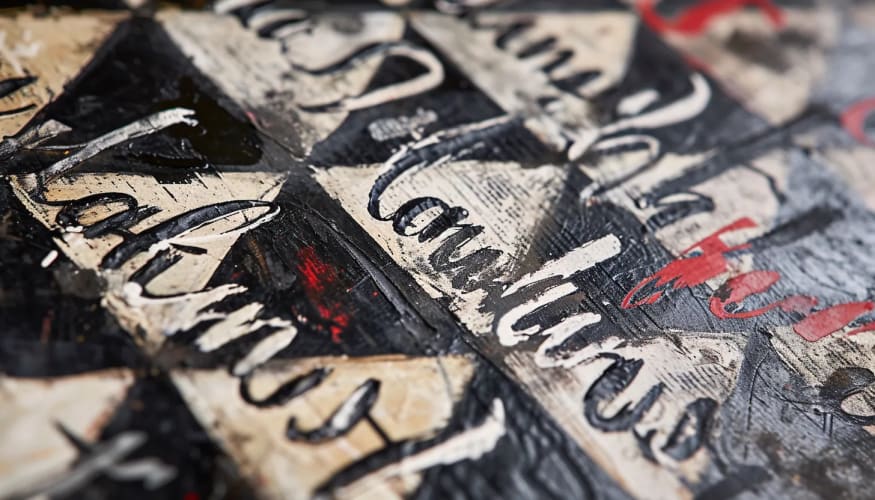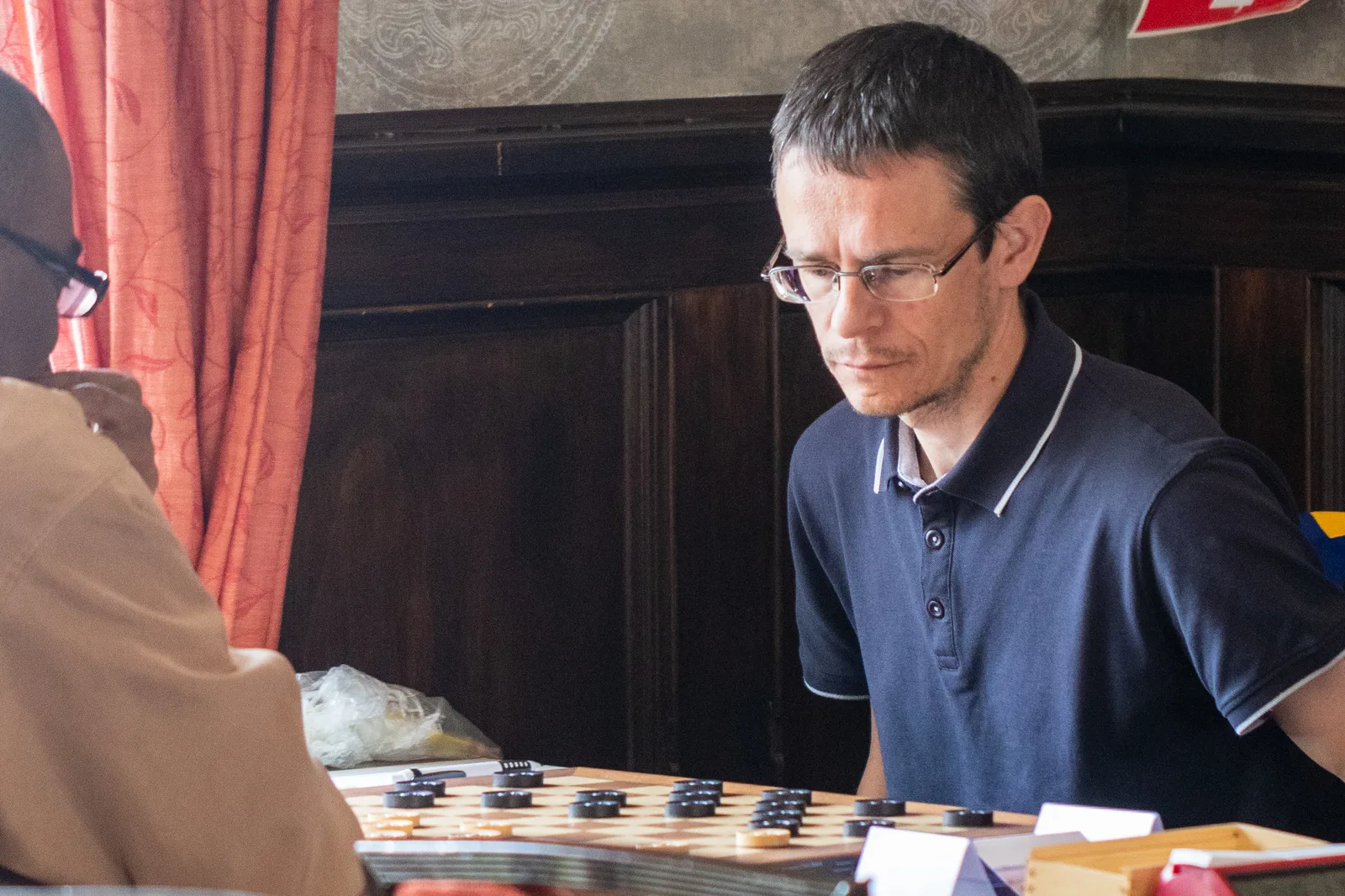Alexander Georgiev won the Russian draughts title in April. According to the data from Toernooibase, it was the thirteenth time he succeeded in doing this. Georgiev first managed to outpace the competition in 1995, in what has traditionally been the world’s strongest national draughts championship.
Several former champions were absent from the 2023 championship. Alexander Shvartsman, now residing in the Netherlands, did not participate for understandable reasons. Alexey Chizhov also skipped the tournament. Players such as Ivan Trofimov, Vladimir and Maksim Milshin, and Ainur Shaibakov—all former champions—were likewise absent. Strong grandmaster Murodullo Amrillaev, the 2011 world championship runner-up, also did not take part.
The latest Russian championship was not particularly thrilling. The eventual winner struck early, scoring in the first round against Alexander Ldokov. Over the next seven rounds, he found the net four more times.
At the time of writing, only four games from the tournament (all played by Georgiev) were available in Toernooibase, yet I am confident in asserting that his duel with Nikolai Gulyaev was not only his greatest sporting achievement but also his most creative performance. All the more reason to highlight this game in this analysis.
The game was played in the fifth round. Up until round four, both players had been performing well. Georgiev led with 7 points from 4 games, followed by Gulyaev and Alexander Getmanski, just one point behind. After winning rounds five and six, Georgiev increases his lead to three points, a gap that doesn't close again. Nevertheless, round seven was tense, as the solidly attacking defending champion, Sergey Belosheev, had an excellent winning chance against Georgiev. As Belosheev missed this opportunity and the game ended in a draw, the Ufa resident could be crowned champion a round before the end.
At a respectable distance, five players finished with ten points, including Gulyaev. However, additional tiebreak criteria placed Getmanski and Belosheev in second and third place, respectively.
Before diving into the game Georgiev-Gulyaev, a brief note on the player of the black pieces. The 33-year-old Russian is a strong draughts player, as evidenced by his FMJD rating of 2311. His first notable success came in 2007 when he won the World Youth Championship. Truly major successes have eluded him since, apart from winning the Russian championship in 2018. Notably, at the end of 2021, Gulyaev made headlines by winning the Polish Open Julinek Park, ahead of compatriots Alexander Getmanski and Marsel Sharafutdinov.
According to Turbo Dambase, the two players faced each other for the tenth time in the April tournament—excluding rapid and blitz games. In their previous nine encounters, Georgiev had won twice (in the Russian championships of 2010 and 2012). The remaining games between these two competitors ended in draws.
The 2023 game between Georgiev and Gulyaev was characterized above all by Gulyaev’s attempts to keep his formidable opponent at bay. His third move was telling, and his twelfth move was outright passive. Nevertheless—or rather, because of Gulyaev's overly cautious approach—Georgiev soon obtained an attractive position. Using subtle exchanges, he thinned out Black’s long wing while working toward a surrounding of the black center, always keeping the possibility of switching to a favorable classical game open.
After a surprising transition to semi-open classical play (25.38-32), Black needed to play precisely. When Gulyaev failed to find the best responses on several occasions, he found himself in trouble. In a tactical battle with temporary sacrifices on both sides, the former Russian champion seized his opportunity. With a brilliant double sacrifice (40.26-21, 41.27-22, and 42.29-23), Georgiev placed Gulyaev in overwhelming difficulties. The black player manages to reach an endgame, but the white advantage is decisive, and Georgiev finishes it perfectly.

